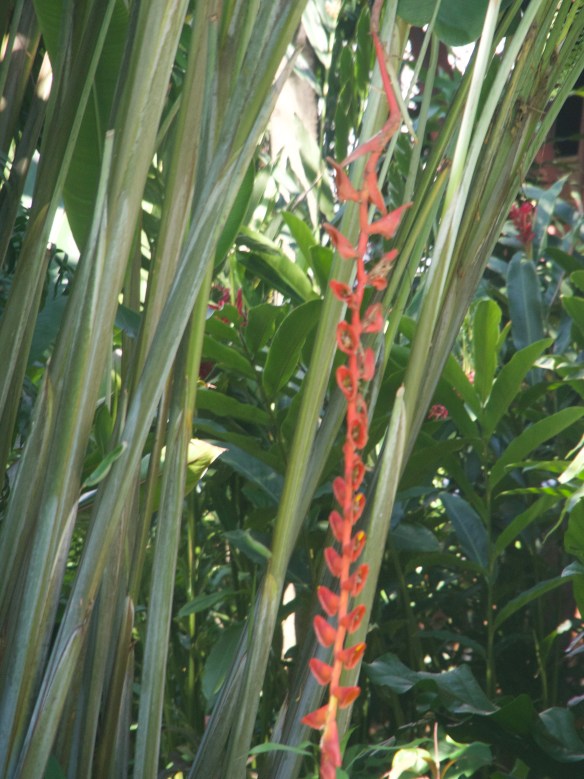Bangkok is always a superb destination, and especially a perfect stop on the way to Bhutan! Do visit the Bangkok home and Asian art collection of the late James H.W. Thompson, also known as the “Thai Silk King”. The Jim Thompson House is a museum in central Bangkok, housing the intriguing art collection of American businessman and architect Jim Thompson, the museum designer and former owner. Built in 1959, the museum spans one rectangular “rai” of land. A glimpse of life in the private home of one of southeast Asia’s richest silk merchants is worth the small fee and an hour of your time. Include lunch at the small cafe – arrive early for the first tour at the former house of the late silk tycoon, it’s a rare treat to glimpse the beauty of true Thai architecture and his stunning collection of rare Asian artifacts.

The history behind Jim Thompson is a fascinating tale. Born in Delaware in 1906, and worked as an architect. He was sent to Bangkok after World War II, as a military officer, and he fell in love with Thailand and Bangkok. When his military service ended, he settled down in this beautiful country permanently.

Jim Thompson became fascinated by the traditional Thai hand-woven silk, a long-neglected art and industry. Silk products had lost fashion, Thompson decided to revive this craft and designed contemporary silk clothing and products, he founded the Thai Silk Company in 1948. He also introduced Thai silk to the world market. It turned out that the world’s fashionistas loved Thai silk, and Thompson`s business became a huge success.
One of the most significant reasons for its success was that the famed Rodgers and Hammerstein musical, the designer Irene Sharaff utilized his silks in the costumes of The King and I, The irony of this tale is that the King & I movie isn’t allowed to be shown in Thailand, due to its representation of King Mongkut of Siam.
From Jim Thompson: “The Thai silk-weaver’s technique is hundreds of years old. Every child learned how to weave but each family wove enough for its own needs. Their styles and colors are not suitable for foreign consumption. It took us a long time to know what the world markets required. It makes no difference to us as to how well we know our clients. What really matters is whether they like our products or not.”

His love of Thailand and in particular Bangkok, led him to design and build a unique compound of homes surrounded by gardens. The exquisite complex of six traditional Thai teak houses are surrounded by lovely jungle like gardens. His design included using an old traditional antique wooden Thai house, incorporating sections of old up-country houses. He located six ancient teak buildings from different locations in Thailand, some from the former capital city of Ayudhya, the Siam Kingdom. All are built in the traditional Thai architecture. Each house was dismantled and brought to Bangkok, where they were carefully reassembled to become his home.

Each individual home was all kept intact and during the reassembling process, he incorporated religious customs and rituals. The red paint on the outside walls of the houses is a preservative often found on many old Thai buildings. After astrologers provided a safe harmonious date, he moved in to his compound in 1959. Some of the structures are elevated a full floor above the ground, as was the custom of old Thai houses, to avoid flooding. Thompson did however add his own touches to the buildings. He had a passion for antiques and decorated his home with authentic Buddha images from 13th century, original Thai paintings from 18th century and Chinese porcelains from 14th century. There are delicate treasures in the bookcases and shelves.
The house is surrounded by a beautiful and lush jungle like garden, full of old enormous ceramic pots brimming with lotus blossoms and koi fish, the gardens represent typical century old style.

In 1967 on holiday in the Highlands of Malaysia with friends, Jim Thompson left for an afternoon walk and never returned. For several weeks after his disappearance, both the police and several American and British officers and investigators searched for Thompson. He has never been found.
There is a delightful air conditioned café on property which serves yummy coconut cake, lunch and dinners. A gift shop is filled with Jim Thompson Silk products – if you forget to purchase here, there is also a small store at the airport duty free shops.


Jim Thompson House
6 Soi Kasemsan 2, Rama 1 Road, Bangkok









You must be logged in to post a comment.